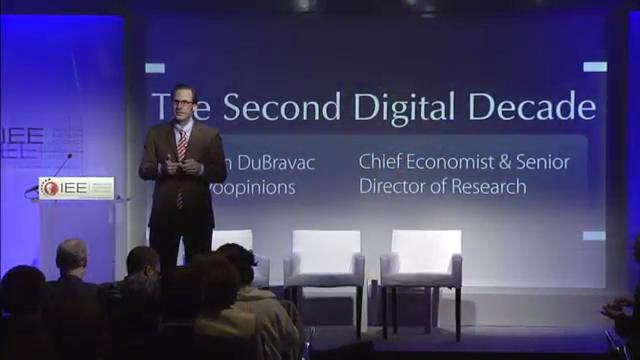Last week I spent time with several teams at Paylocity – a cloud-based provider of payroll and human capital management (HCM) – at their HQ just outside of Chicago. But Paylocity isn’t just a producer, they are also a consumer. Paylocity uses their software platform for their own HCM.
In fact, Paylocity is also their own largest client. While an average Paylocity client has just over 100 employees, Paylocity has over 3,000 employees, making them the largest user on their platform. This creates an interesting environment for experimentation and exploration. It also presents an interesting approach for product development and highlights how cross-department collaboration can be operationally important.
While Facebook’s early motto “move fast and break things,” might now conjure negative sentiment, it also invokes an important Schumpeterian spirit – in order for companies to remain relevant, organizations must reinvent themselves from the inside out. Throughout my time at Paylocity I frequently heard references to, “drink our own wine” or #DOOW – the idea that Paylocity sticks by the quality of their products and services by using them as well. The subtle difference between, “moving fast and breaking things” and #DOOW is accountability. It isn’t enough to break things if that new knowledge isn’t poured back into the product.
Some observations related to #DOOW:
Product Development Can Take Place from the Inside Out
Historically organizations might build a product roadmap by eliciting input from clients. But when an organization “drinks their own wine” they create a feedback environment within the halls of the organization. End-users and developers are nested within the same organization. Developers can get real-time feedback from end-users while also more quickly adjusting to evolving requirements.
Celebrate Breaking Things
The teams I interacted with at Paylocity celebrate breaking new features being rolled out to customers. By catching bugs early in what amount to real-world tests, Paylocity is able to shorten innovation cycles and innovate iteratively.
Massive Cross Department Collaboration
Many organizations talk about cross department collaboration, but true coordination is often scarce. Most executives are experts within their own domains and cross department alliances don’t often transcend the products and services being rendered. But when organizations are building product features from the inside out and “drinking their own wine,” employees must rely more heavily on each other. Cross department collaboration in these instances will help the HCM team get the features they want and ensures developers are building the features their end-user will use.
The #DOOW philosophy has become a core aspect of Paylocity’s value proposition. Paylocity stands by their HCM offerings by relying on the tools they build for others. And as the largest company on the platform, it creates some wonderful dynamics for innovation for themselves and others. It is an organizational approach that is highly conducive to digital products and something we will see more frequently as a result.
It reminds of the origin of AWS. As Ron Miller writes, Amazon “was growing quickly and hiring new software engineers, yet they were still finding, in spite of the additional people, they weren’t building applications any faster. When [Andy] Jassy, who was Amazon CEO Jeff Bezos’ chief of staff at the time, dug into the problem, he found a running complaint. The executive team expected a project to take three months, but it was taking three months just to build the database, compute or storage component. Everyone was building their own resources for an individual project, with no thought to scale or reuse. (I think you can guess where this is going.) The internal teams at Amazon required a set of common infrastructure services everyone could access without reinventing the wheel every time, and that’s precisely what Amazon set out to build — and that’s when they began to realize they might have something bigger.”
By solving internal problems, companies like Amazon and Paylocity are creating solutions that are attractive to other organizations.
How does your organization, or other organizations you’ve seen, “drink their own wine?”



